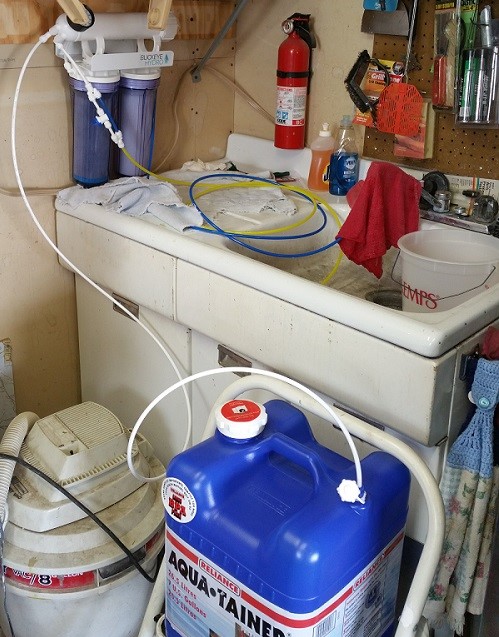I am wanting to take the next step in my brewing and start playing with water. I havent been able to get a water report from my city, and to get it tested costs more than the equipment to create RO water. I am looking at these 2:
https://www.amazon.ca/Aquatic-Buddie-Reverse-Osmosis-50-Gallon/dp/B00DOG63OY/ref=sr_1_2?ie=UTF8&qid=1485193072&sr=8-2&keywords=reverse+osmosis
https://www.amazon.ca/Aquatic-Changing-Deionization-Cartridge-50-Gallon/dp/B00204CQF6/ref=pd_cp_199_1?_encoding=UTF8&psc=1&refRID=12EJQHV1PYA2V8SAGRQ5
Anyone have any thoughts/advice on these systems?
The first looks like a standard RO system, and the second looks like it adds deionization.
https://www.amazon.ca/Aquatic-Buddie-Reverse-Osmosis-50-Gallon/dp/B00DOG63OY/ref=sr_1_2?ie=UTF8&qid=1485193072&sr=8-2&keywords=reverse+osmosis
https://www.amazon.ca/Aquatic-Changing-Deionization-Cartridge-50-Gallon/dp/B00204CQF6/ref=pd_cp_199_1?_encoding=UTF8&psc=1&refRID=12EJQHV1PYA2V8SAGRQ5
Anyone have any thoughts/advice on these systems?
The first looks like a standard RO system, and the second looks like it adds deionization.
Last edited by a moderator:



![Craft A Brew - Safale S-04 Dry Yeast - Fermentis - English Ale Dry Yeast - For English and American Ales and Hard Apple Ciders - Ingredients for Home Brewing - Beer Making Supplies - [1 Pack]](https://m.media-amazon.com/images/I/41fVGNh6JfL._SL500_.jpg)






















































